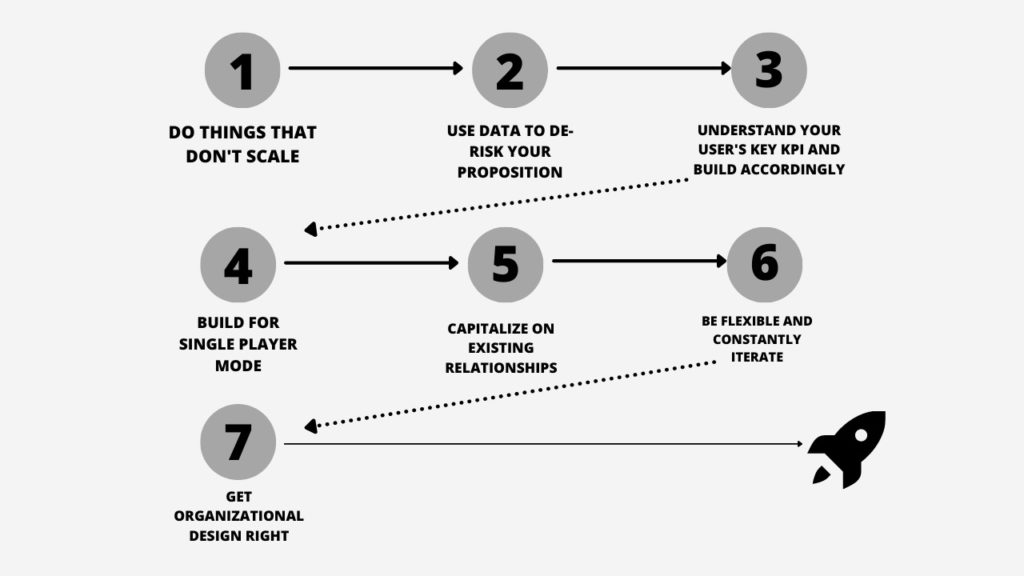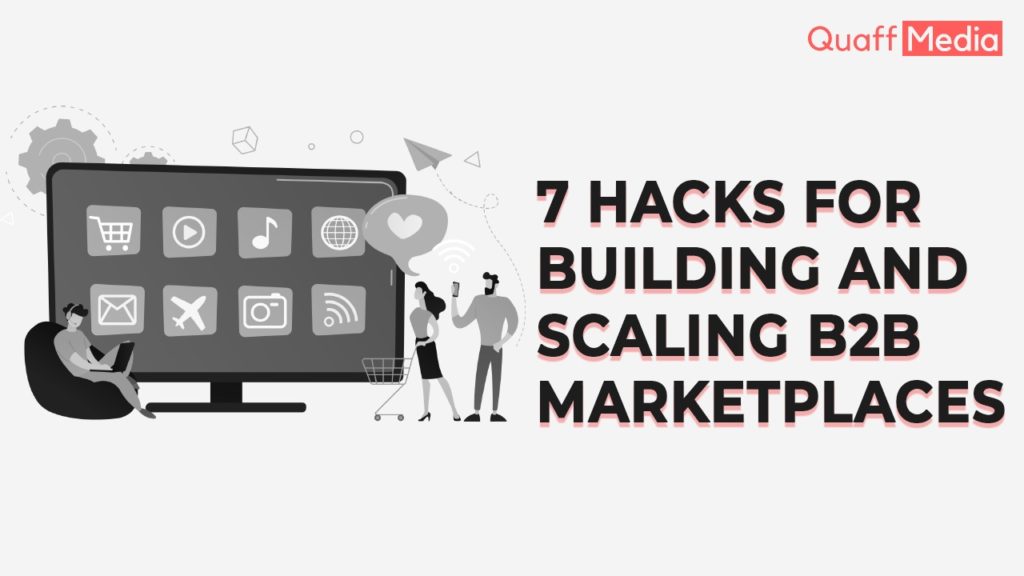
Do things that don't scale
In the early stages, To be relevant, marketplaces lack the liquidity for the supply side, they are not a priority. Generally, to overcome this, marketplaces need to find a way to initially hack the supply side. This means doing things that don’t scale. Matt from Adquick used to work at Instacart and they did this by going into grocery stores and buying all their inventory and manually building grocery store catalogs. To generate their initial supply listings, they gathered information using attachments and emails. Then added it manually into their platform.
I recommend you read Paul Graham’s essay on Do things that don’t scale if you want to dive deeper into this topic.
Use data to derisk Your Proposition
Generally, to work with small marketplaces that lack credibility, large suppliers are reluctant to work. Marketplaces can build lower barriers and further trust to onboarding the supply side by leveraging data. Instacart did this by providing potential suppliers with customers feedback and by giving them access to customers’ data like purchasing frequency and behavior, something they already did not have. We previously discussed how Adquick populated data manually, They used that as a hook to get them on to the platform.
Make sure you understand your user's priorities and KPIs and build accordingly
Marketplaces will be Able to build the appropriate tools and features once they truly understand the key priorities driving their demand and supply side. At Instacart, Suppliers were hesitant to work with the marketplace because they were worried moving online will lead to smaller average basket sizes. The Instacart team understood this. They built features to help optimize for larger basket size, which results in higher supplier loyalty.
Build for single-player mode
Building tools that are valuable for the supply or demand side of the platform is one of the best ways to hacking supply even when there is no demand on the platform. Lantum built tools to help hospitals managing staff, even when there is no additional supply in the marketplace. Similarly, AdQuick provided software to their suppliers to help them manage their inventories, irrespective of whether they were interacting with potential buyers or not.
Capitalize on existing relationships, Don't try to disintermediate them
Due to the demand side’s loyalty to existing suppliers, many marketplaces struggle to gain real stickiness. Every buyer tends to value their relationship with the existing supplier when it comes to services. People want to work with the ones whom they already know. Marketplaces should try to accommodate these relationships rather than breaking them to avoid disintermediation and increase stickiness. To help healthcare organizations, Lantum built software to manage their entire supply as opposed to only managing supply on the marketplace. Faire doesn’t charge for transactions that take place between the buyer’s pre-existing supply base as an incentive to suppliers for bringing their existing demand onto the platform.
Be flexible and constantly iterate
There is no clear playbook on how to build and scale B3B marketplaces as they are still in their infancy. Every market or industry is different. What works for one industry or marketplace might not work for another. So when it comes to rate and monetization, don’t be afraid to iterate particularly. Lantum moved to be a SaaS-heavy platform based on subscriptions and a take rate from a pure marketplace and charging commission. This significantly allowed them to reduce churn and increase their lifetime value.
Make sure you get the organizational design right
B2B marketplaces tend to be complex. Despite working with large and often undigitized stakeholders, they also need to balance both the supply and the demand side. They need to figure out how they move to a more formal structure and teams from the flexible organizational structure that is typically at the seed stage while they scale.
So this is it if you want to get more information on the organizational design you can check out “Nobl Academy” or “Teams of Teams“

